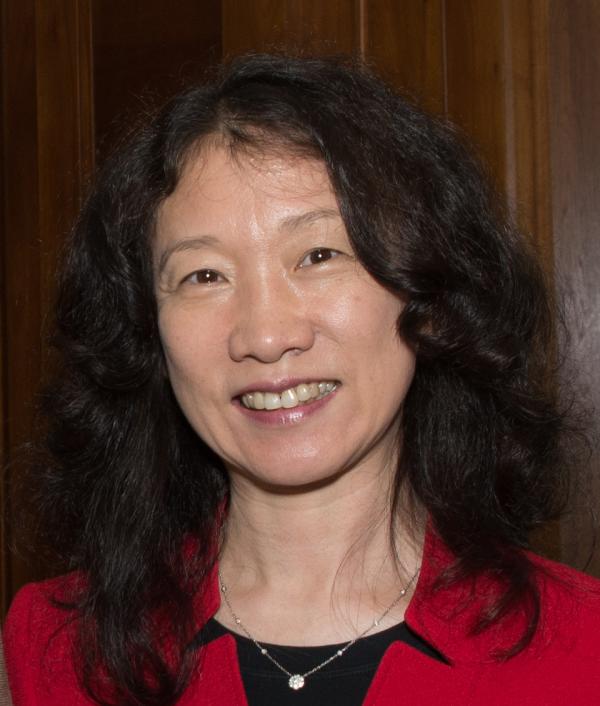Inflammasomes at the Crossroads of Basic Science and Therapeutic Intervention
to

Hao Wu, Ph.D.
Asa and Patricia Springer Professor of Structural Biology; Professor of Biological Chemistry and Molecular Pharmacology
Harvard Medical School
The overall objective of the Wu lab has been to determine how macromolecular interactions direct immune responses using the core approaches of structural biology including X-ray crystallography, cryo-electron microscopy, as well as cellular imaging. These structural studies have modified the traditional view of signal transduction as a string of recruitment and allosteric events. As a recurrent theme, the lab’s research revealed that upon ligand stimulation, many innate immune receptors assemble large oligomeric intracellular signaling complexes, or “signalosomes,” to induce the activation of caspases, kinases and ubiquitin ligases, which leads to cell death, cytokine maturation or expression of gene products for immune and inflammatory responses. The different scaffolds identified by these structural studies provide a molecular foundation for understanding the formation of microscopically visible signaling clusters in cells.
Summary
Inflammasomes are supramolecular complexes that activate inflammatory caspases (1/4/5/11), which in turn cleavage a pore forming protein GSDMD to induces pyroptosis, a lytic cell death involving spillage of cellular contents, and to mediate secretion of IL-1 family cytokines. In this talk, I will focus on 1) the assembly and trafficking of inflammasomes required for their activation, and 2) assembly and selectivity of the GSDMD pore, with substantial unpublished data.
Objectives:
1. Teach about the assembly and trafficking of inflammasomes required for their activation
2. Describe the assembly and selectivity of the Gasdermin D (GSDMD) pore.
This page was last updated on Friday, March 10, 2023